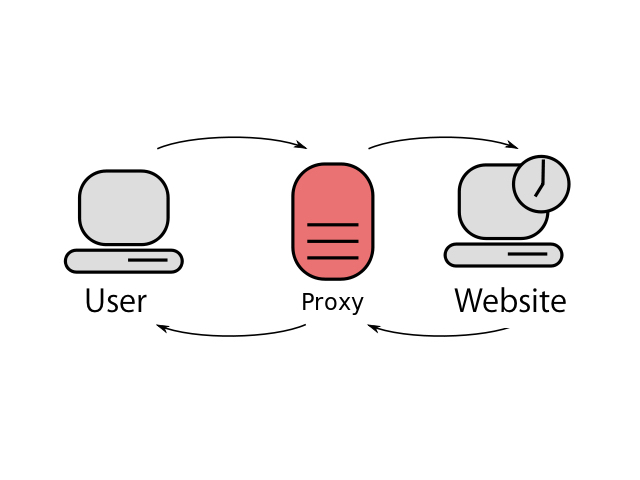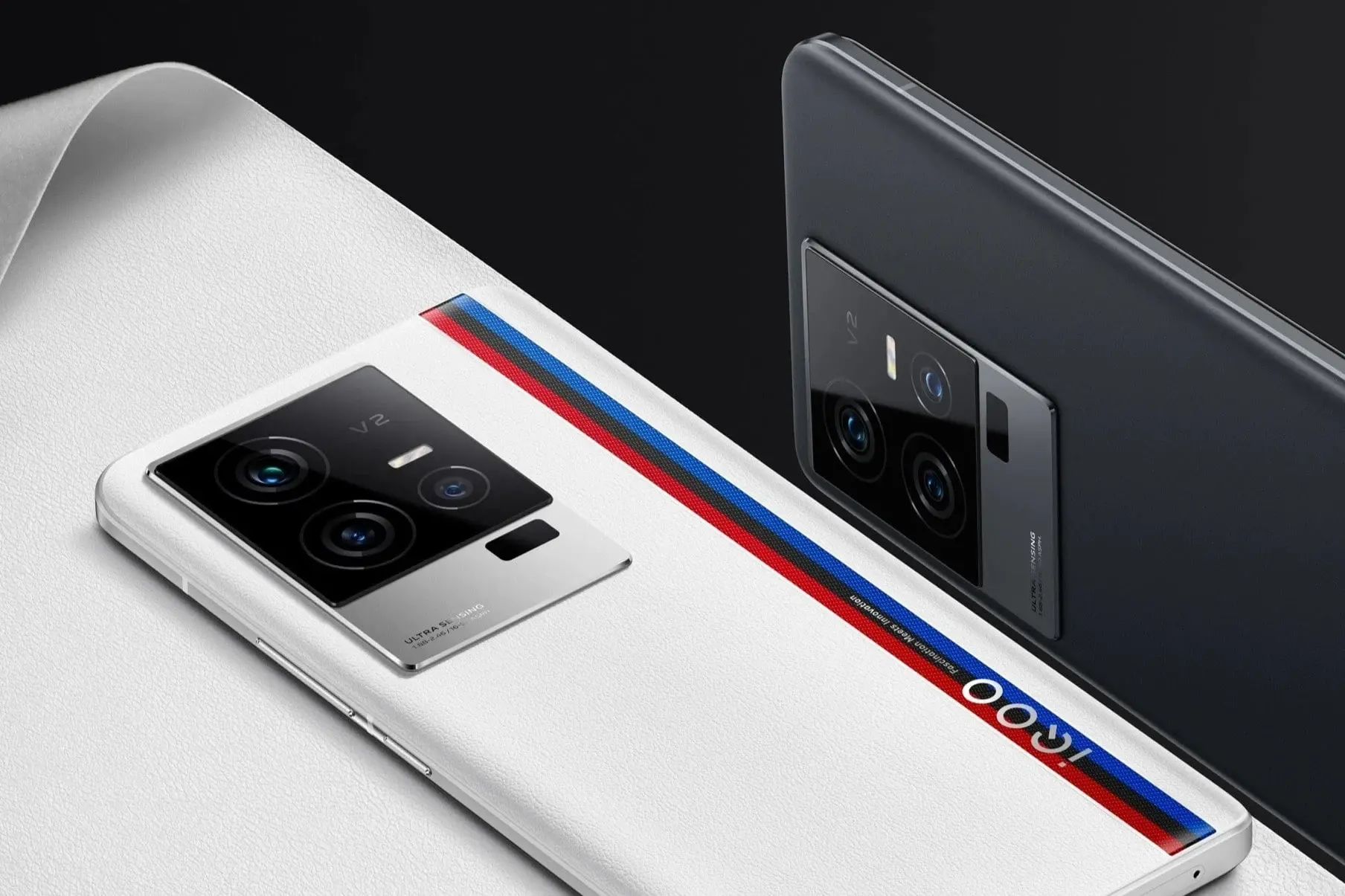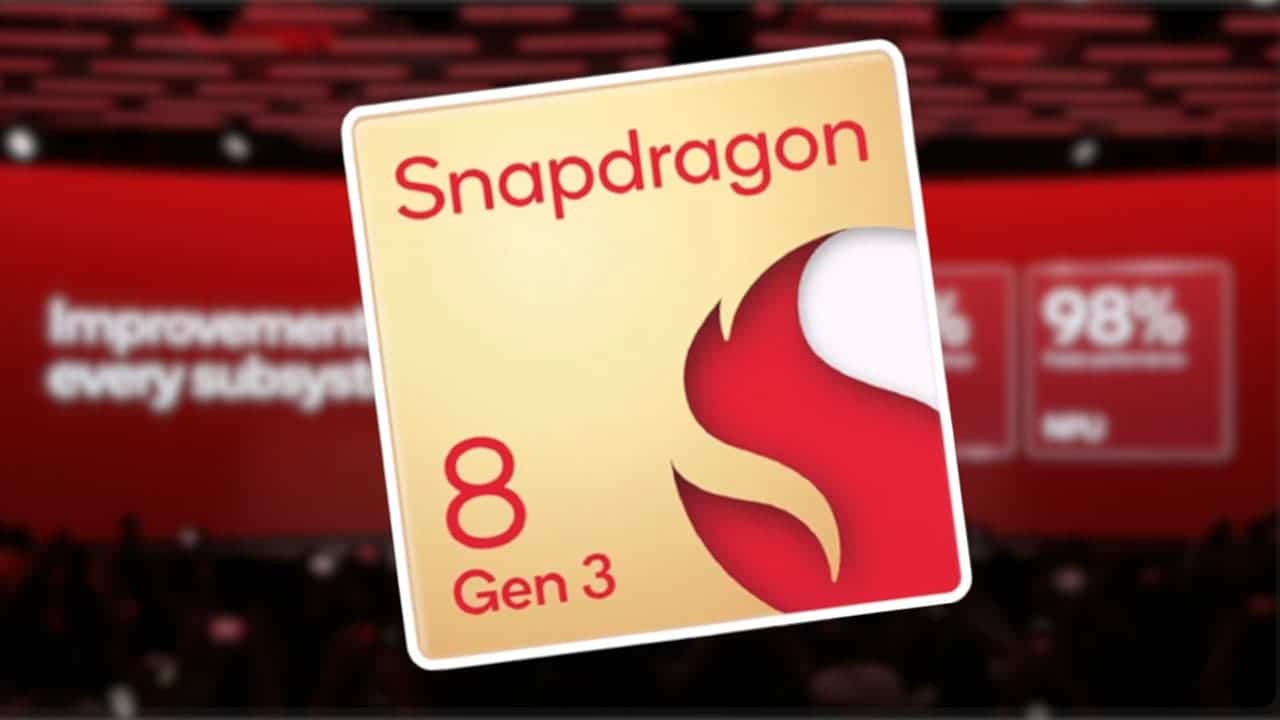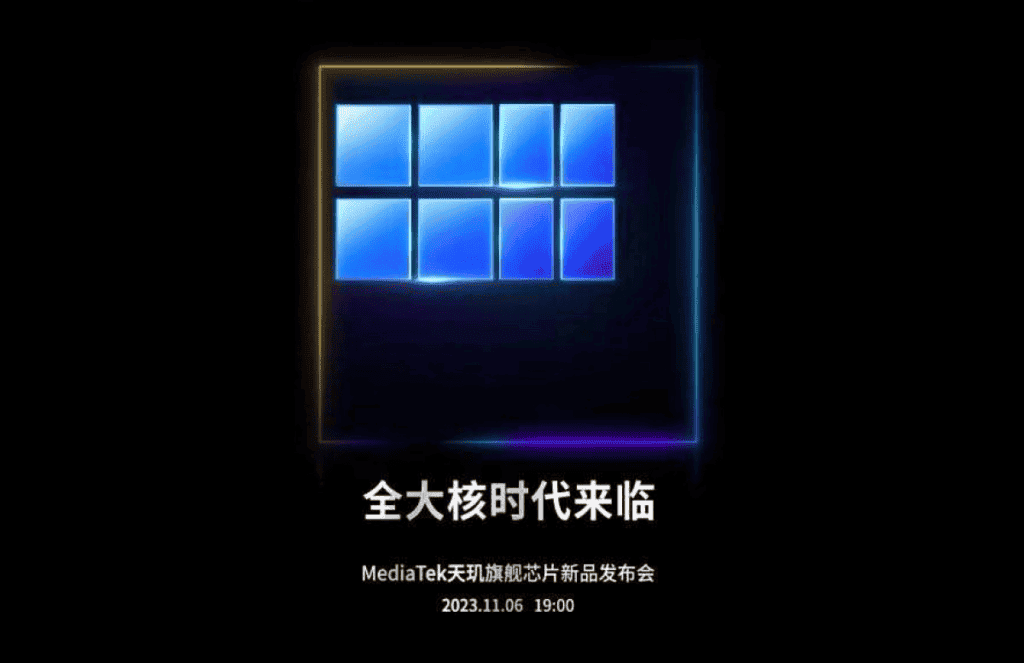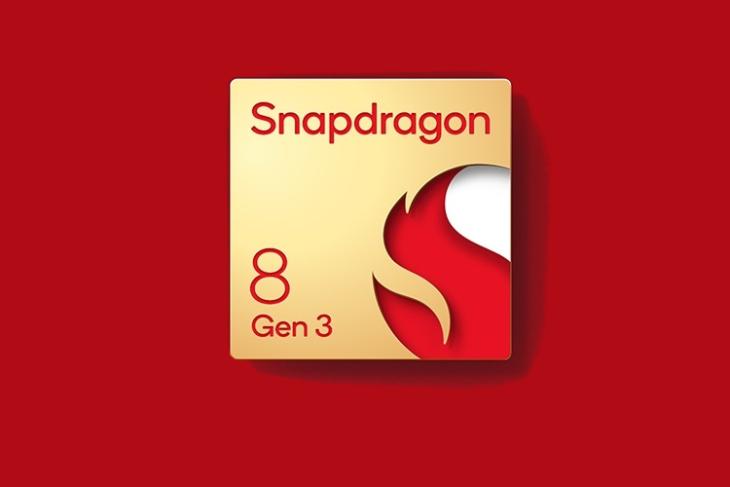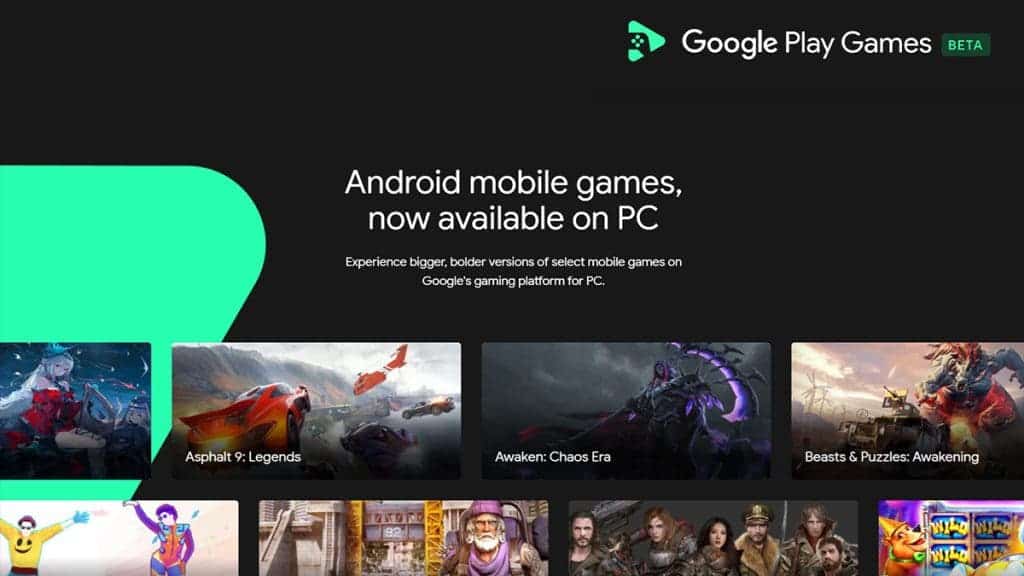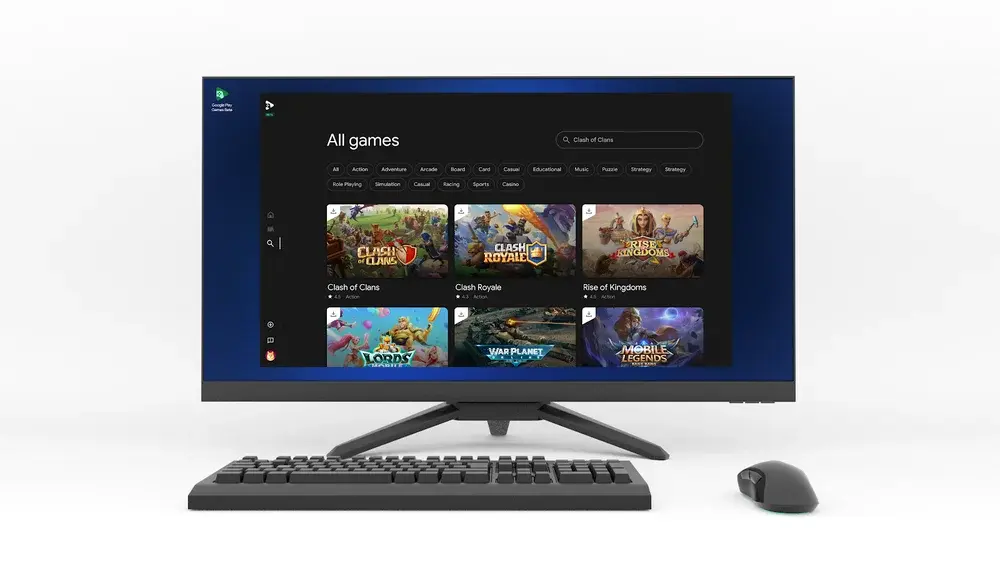In an ever-evolving tech landscape, Qualcomm stands as a beacon of innovation. The company’s remarkable ability to collaborate with diverse partners across various operating systems has elevated it to a position of extraordinary strength. Irrespective of whether a device runs on Windows or Android, Qualcomm’s platforms seamlessly adapt to provide a unified experience. This extraordinary feat is not confined to any specific gadget. Whether it’s a laptop, a smartphone, a virtual reality headset, or a smartwatch, Qualcomm’s influence is felt far and wide.
Improving Connectivity: Qualcomm’s Snapdragon Seamless Transforms the Digital Landscape
The tech world is buzzing with excitement as Qualcomm unveils a groundbreaking concept that promises to revolutionize the way we interact with our devices. Alongside the introduction of the new Snapdragon 8 Gen 3 and Snapdragon X Elite, Qualcomm has presented the world with “Snapdragon Seamless.” This innovative platform allows devices running on various operating systems to connect seamlessly, enabling the sharing of data and the harmonious functioning of multiple gadgets as if they were one.
A Unified Digital Ecosystem
Traditionally, seamless connectivity was limited to devices of the same brand. Your mobile could easily connect with your computer and smartwatch, provided they shared the same manufacturer. Qualcomm, however, seeks to transcend these brand-specific boundaries, ushering in a new era of interconnectedness. Through Snapdragon Seamless, we can expect cross-brand compatibility, giving consumers unprecedented freedom and flexibility.
Notably, this groundbreaking platform has already garnered support from some of the industry’s heavyweights. Microsoft, representing the Windows realm, and Google through Android. Alongside leading manufacturers such as Xiaomi, ASUS, Honor, Lenovo, and OPPO, have embraced Qualcomm’s vision. The implementation of Snapdragon Seamless is not some distant dream. Qualcomm asserts that the first fruits of this innovation will become apparent as early as this year.
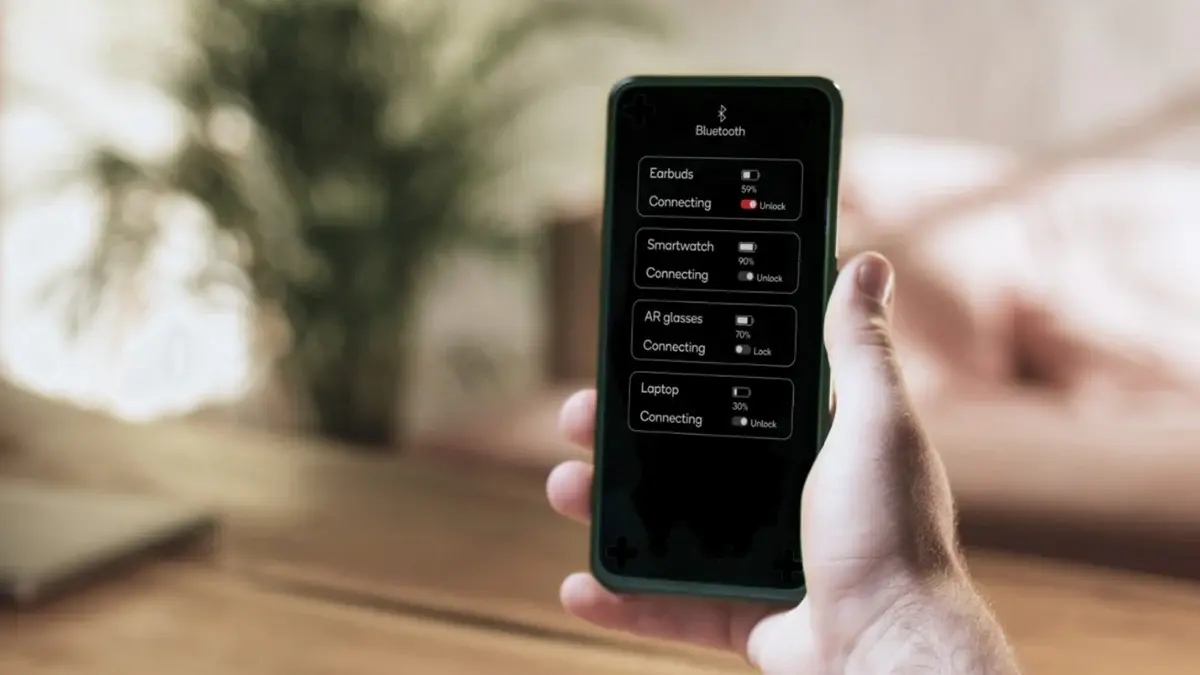
Unlocking New Possibilities
Qualcomm offers a tantalizing glimpse of what Snapdragon Seamless can achieve. For instance, the platform enables hassle-free connections between keyboards and microphones across laptops, tablets, and mobiles, all without the need for tedious setup or compatibility issues. File transfers are no longer constrained by device type. You can drag and drop files seamlessly between Windows and Android devices.
The audio experience also gets a much-needed upgrade. Earbuds will become intelligent, automatically prioritizing the sound source. No more fumbling with settings; when you click on your computer, your sound will flow from there. And the moment you open an application on your mobile, Snapdragon Seamless will ensure that your devices know where to channel the audio.
Enhancing Augmented and Virtual Reality
Snapdragon Seamless doesn’t just cater to everyday devices. It extends its embrace to the realms of virtual and augmented reality, opening up a world of possibilities. Qualcomm envisions a future where VR and AR experiences seamlessly intertwine with smartphones, creating immersive and interactive digital spaces.
Dino Bekis, Qualcomm’s VP for mixed solutions, eloquently captures the essence of Snapdragon Seamless, stating, “Snapdragon Seamless fundamentally breaks down the barriers between manufacturers, devices, and how systems work. It’s the only multi-device solution that truly puts the user first.”
A Glimpse into the Future
Snapdragon Seamless debuts with the Snapdragon 8 Gen 3 and Snapdragon X Elite, but this is just the beginning. Qualcomm’s ambitions extend beyond the present. They aim to extend this innovative platform to other domains, such as virtual reality, automotive technology, and the Internet of Things (IoT).
Gizchina News of the week
While Qualcomm’s vision is undoubtedly groundbreaking, it’s important to note that not all tech giants have hopped on the Snapdragon Seamless train. Prominent names like Google, especially for its ChromeOS, and manufacturers with their own ecosystems, such as Apple, Samsung, Huawei, and Amazon, have not yet joined the Qualcomm collaboration. These companies continue to maintain their proprietary systems and ecosystems. Showing that the tech world is still evolving, and boundaries remain to be pushed.
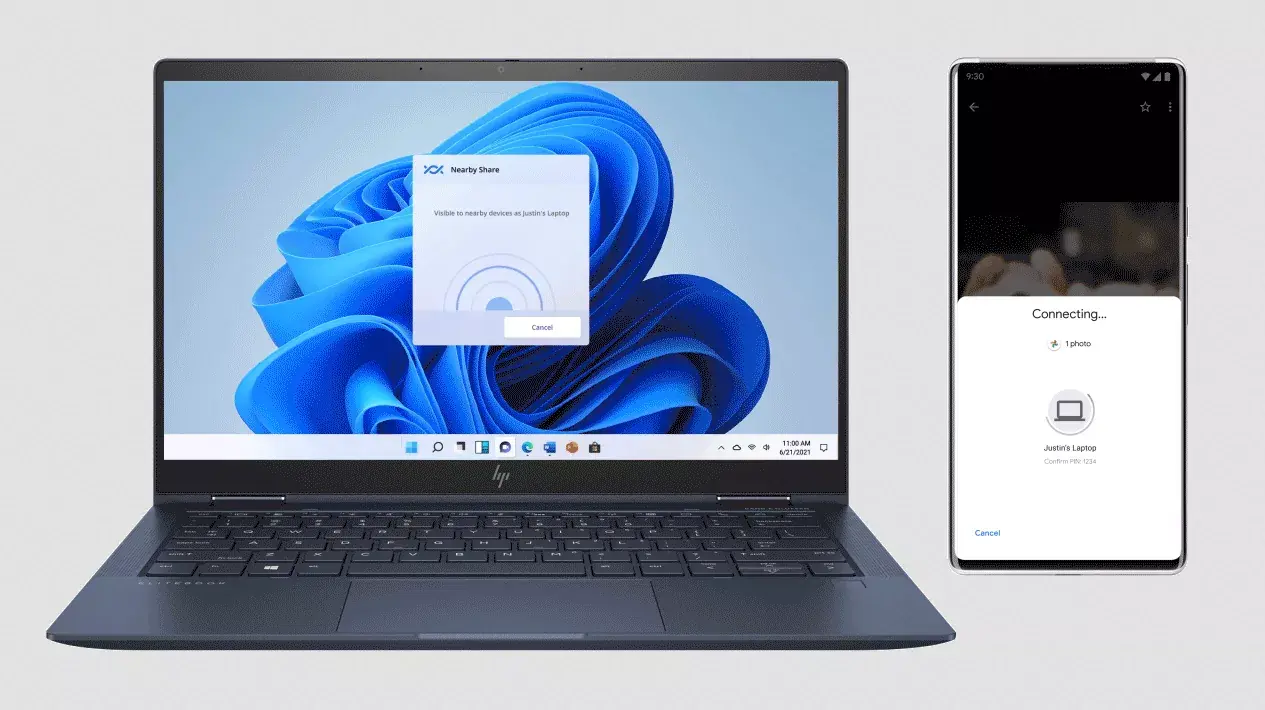
The Future Beckons
In the world of technology, interoperability and connectivity have always been the holy grail. Qualcomm’s Snapdragon Seamless promises to be the legendary sword that unifies the disparate elements of our digital lives. By transcending brand-specific boundaries and fostering collaboration among tech giants, it aspires to create a world where our devices work together harmoniously, regardless of their origin.
As Qualcomm moves forward with its mission to unite devices and systems, we can expect a transformation in how we interact with our gadgets. A future where we’re not tied down by brand-specific limitations and where our devices intuitively respond to our needs is indeed an exciting prospect. While some giants in the tech industry still maintain their walled gardens, the landscape is evolving. And Qualcomm’s innovative approach will reshape the digital world.
The arrival of Snapdragon Seamless marks a significant turning point in the tech industry’s ongoing quest for connectivity and user-centric design. It has the potential to not only bridge the gap between diverse operating systems. But also pave the way for an entirely new dimension of digital experiences, where the user is truly at the forefront.
As we look ahead to a world where Snapdragon Seamless is the norm rather than the exception, we can anticipate a more integrated and seamless digital existence. The barriers between manufacturers, devices, and systems are crumbling, and Qualcomm is at the forefront of this monumental change. With its innovative vision and the support of tech giants, Snapdragon Seamless will redefine the way we connect, communicate, and create in the digital age. The future is indeed bright, and Qualcomm’s contribution promises to be a shining beacon guiding us toward a new era of digital connectivity.
Here are some specific examples of how Snapdragon Seamless can be in use to improve the user experience:
- A user can start a document on their phone and then seamlessly transfer it to their laptop to continue working on it.
- A user can use their phone as a second screen for their laptop, or even as a touchscreen input device.
- A user can copy and paste text between their phone and laptop without having to switch windows or applications.
- A user can start a video call on their phone and then seamlessly transfer it to their laptop if they need a larger screen or a better camera.
- A user can use their phone to control their smart home devices while they are working on their laptop.
- A user can use their VR headset to play a game on their laptop. And Snapdragon Seamless will ensure that the audio and video are synchronized perfectly.
These are just a few examples of the many ways that Snapdragon Seamless can be in use to improve the user experience. As more and more devices support Snapdragon Seamless, we can expect to see even more innovative and useful applications emerge.
Conclusion
Qualcomm Snapdragon Seamless is a major breakthrough in the multi-device ecosystem. It has the potential to revolutionize the way we use our devices. By making it easy to connect, share data, and work with devices from different manufacturers and operating systems seamlessly. Snapdragon Seamless is still under development, but it is already getting support from a number of leading brands. We can expect to see a wide range of Snapdragon Seamless-compatible devices coming to market in the near future.

